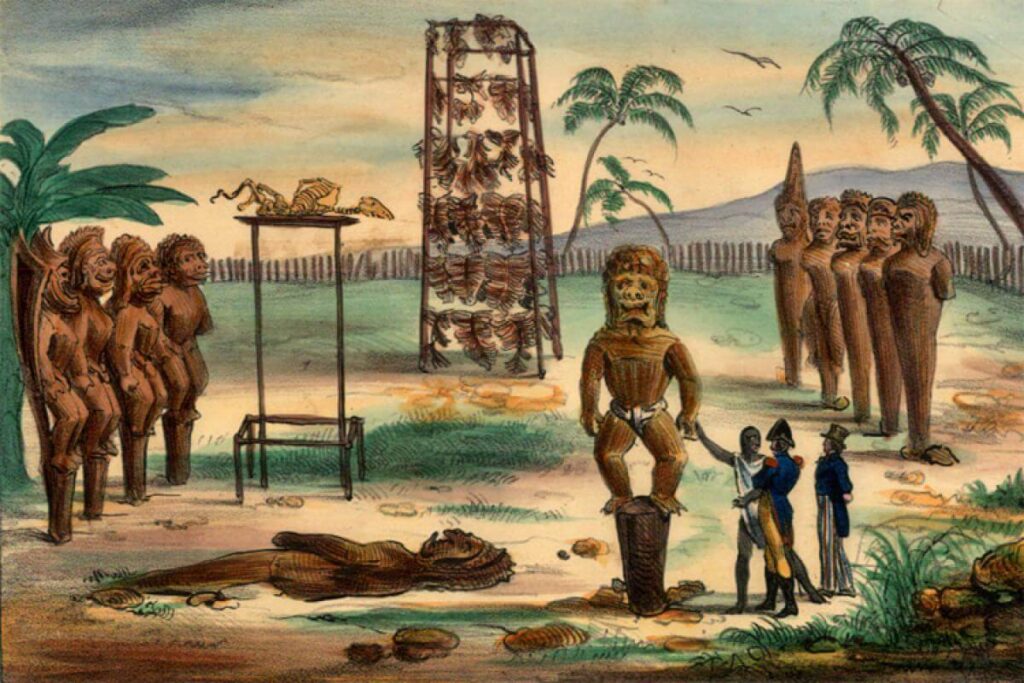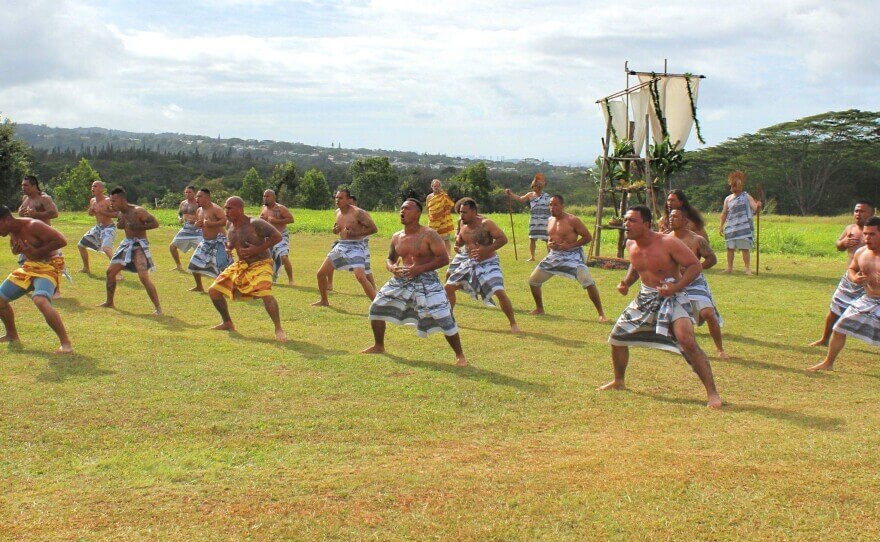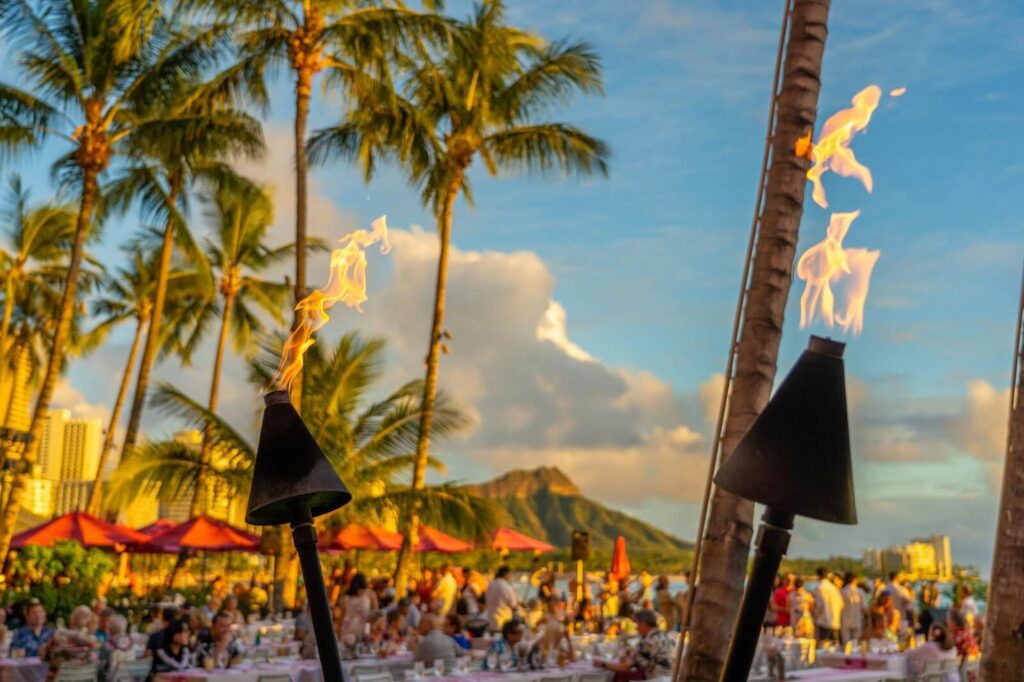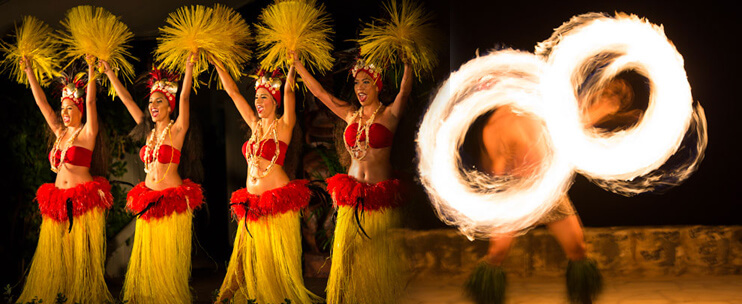Makahiki season is of the most sacred time in the Hawaiian calendar. The meaning of Makahiki is undeniable to the natives despite the new customs brought by outsiders.
Makahiki And Its Meaning
Makahiki is in fact a traditional holiday of Hawaiian in the winter.
The meaning of Makahiki is “new year” or simply “year”. It also indicates the months-long season celebrating the new year in the Hawaiian calendar.
Makahiki Season

This sacred season lasts for four months. It starts in late October or early November when makaliʻi (the constellation Pleiades) first appears.
In history, the Makahiki season was a time of ease and the end of warfare. In addition, it was time to let the land time to rest as the rainfalls softened and prepared it for the new cultivation. Since there were no wars, the chiefs would join with the citizens in feasting, athletic match, and testing argumentative skills.
Each Hawaiian Island had different ways of celebrating the holiday. But as far as we know, records are mostly from Hawaii Island.
The Remain Of The Tradition In Modern Days

Still, Makahiki season these days stays as a period to reflect on and enjoy crops and bounty. A time for people to share abundance. Natives gather together during this time to learn collective knowledge from shared talks.
Lono, the agriculture and fertility God, is the God of the Makahiki season. Lono is also known for freshening the liveliness of the land.
To be honest, the Makahiki tradition slowly faded in significance after western ideology grabbed hold of Hawaii. However, the Native Hawaiian cultural renaissance movement in the 1980s revitalized the tradition. As a result, they still celebrate Makahiki today.
How Hawaiians Celebrate Makahiki

Hawaiians celebrate the holiday by feasting, playing games, and dancing.
The most common games are canoe races, surfing, javelin throwing, sliding on sleds, wrestling, and boxing. These games helped strengthen the body and praised Akua Pa‘ani, the God of sports.
And when it comes to dancing, it’s certainly the traditional Hawaii hula.
Then, families will gather together for a luau and have dinner with the kalua pig. This is a tender, sliced pork meal that is cooked in an underground pit.
Related Posts You Can Read:
The Most Sacred Places In Indigenous Australian Folklore
